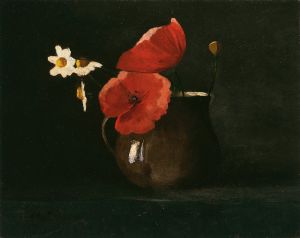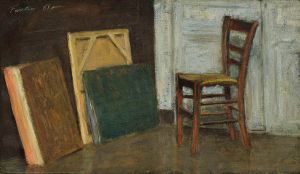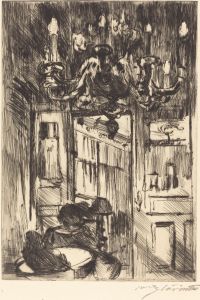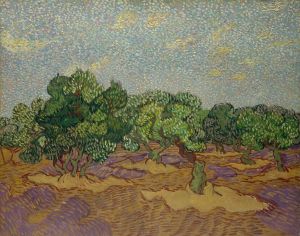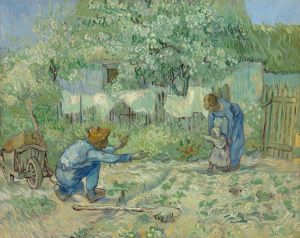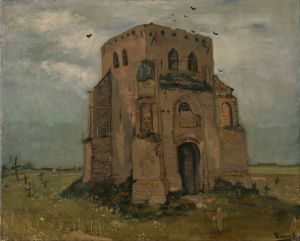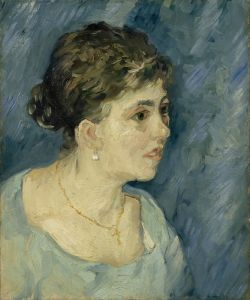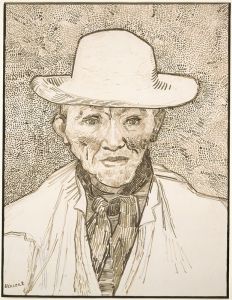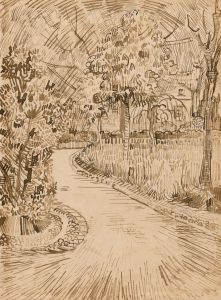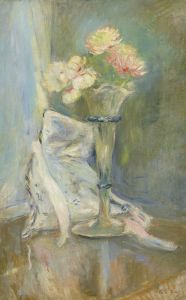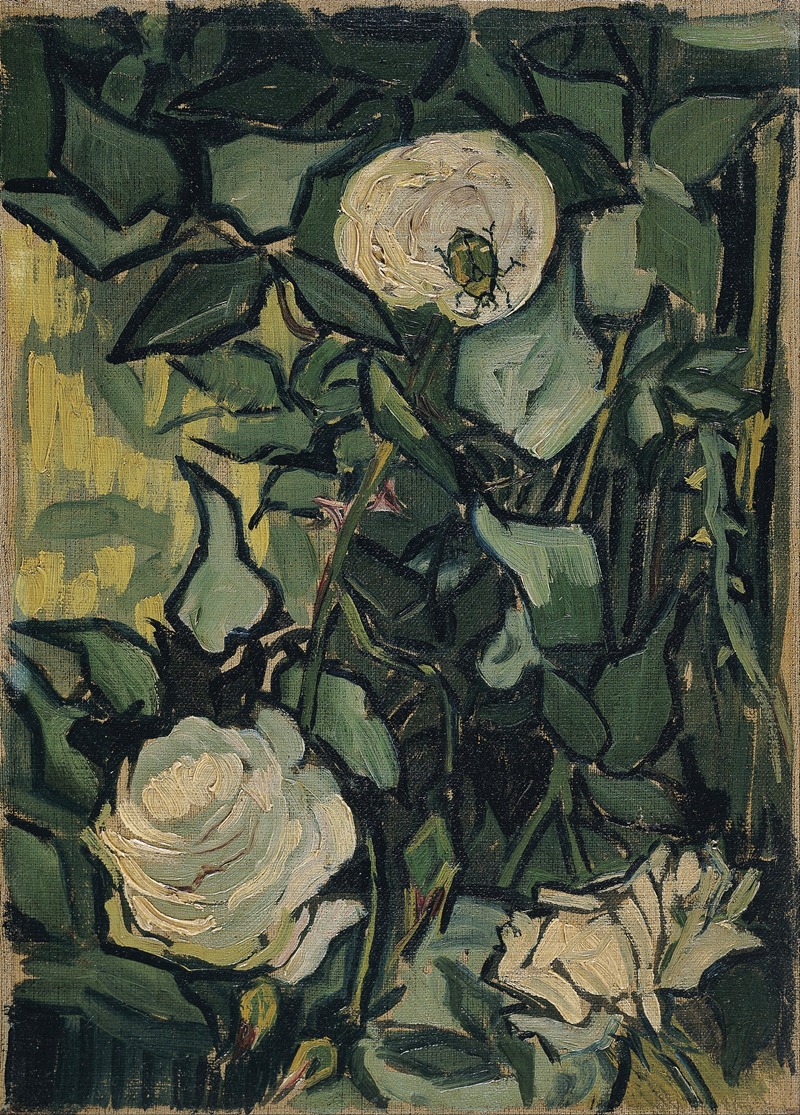
Roses
A hand-painted replica of Vincent van Gogh’s masterpiece Roses, meticulously crafted by professional artists to capture the true essence of the original. Each piece is created with museum-quality canvas and rare mineral pigments, carefully painted by experienced artists with delicate brushstrokes and rich, layered colors to perfectly recreate the texture of the original artwork. Unlike machine-printed reproductions, this hand-painted version brings the painting to life, infused with the artist’s emotions and skill in every stroke. Whether for personal collection or home decoration, it instantly elevates the artistic atmosphere of any space.
"Roses" is a painting by the renowned Dutch artist Vincent van Gogh, created in 1890 during the final months of his life. This artwork is one of several still-life paintings of flowers that van Gogh produced during his stay at the asylum in Saint-Rémy-de-Provence, France. The painting is notable for its vibrant use of color and expressive brushwork, characteristics that are emblematic of van Gogh's distinctive style.
The painting depicts a bouquet of roses, rendered with a dynamic and lively brushstroke that captures the texture and vitality of the flowers. Van Gogh's choice of color is particularly striking in "Roses." The flowers are painted in shades of white and green, with subtle hints of pink, set against a complementary background that enhances their delicate beauty. This use of color reflects van Gogh's interest in exploring the emotional and symbolic potential of color, a hallmark of his work during this period.
"Roses" was created during a prolific time in van Gogh's career, despite the personal challenges he faced. In May 1889, van Gogh voluntarily admitted himself to the asylum at Saint-Rémy, seeking treatment for his mental health issues. During his year-long stay, he produced a significant body of work, including some of his most famous paintings such as "Starry Night" and "Irises." The environment of the asylum, with its gardens and surrounding countryside, provided van Gogh with ample inspiration for his art.
The painting "Roses" is often associated with a sense of calm and serenity, which contrasts with the turbulent emotions van Gogh experienced throughout his life. The choice of roses as a subject may have been influenced by the artist's appreciation for nature and his desire to capture its beauty in his work. Still-life paintings of flowers were a common subject for van Gogh, allowing him to experiment with color and form in a controlled setting.
"Roses" is housed in the National Gallery of Art in Washington, D.C., where it is part of the gallery's extensive collection of 19th-century European paintings. The painting is highly regarded for its technical mastery and emotional depth, offering viewers a glimpse into van Gogh's artistic vision and his ability to convey the beauty of the natural world.
Vincent van Gogh's "Roses" remains a testament to the artist's enduring legacy and his contribution to the development of modern art. Through his innovative use of color and expressive brushwork, van Gogh transformed a simple bouquet of flowers into a powerful work of art that continues to captivate audiences worldwide. The painting not only reflects van Gogh's personal struggles and triumphs but also his unwavering commitment to his craft and his belief in the transformative power of art.





